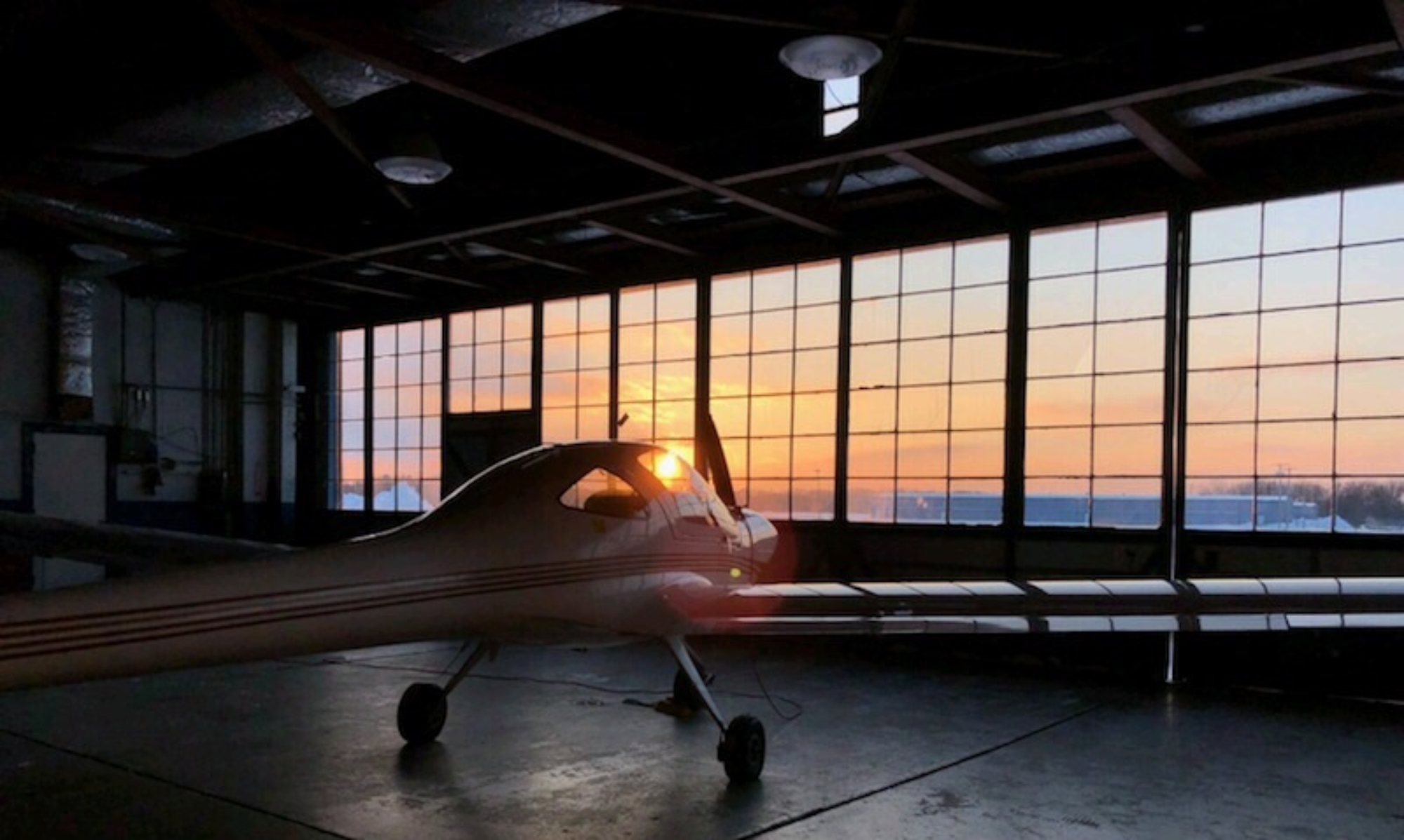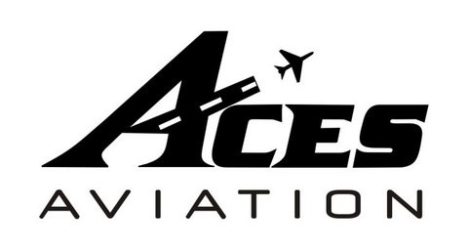
Becoming a private pilot is an enriching and challenging pursuit. You will grow as a person as you become an aviator. The hard work you put in as a student pilot will all be worth it once you finally receive your Private Pilot Certificate. Your Private Pilot Certificate allows you to fly anywhere you’d like to, taking along friends or family members. For many people, this is the first step in their aviation career. While for other people, this may be all that is needed. Either way, obtaining your private pilot certificate is a gratifying endeavor.

Our Private Pilot Training Program takes you from not knowing a thing about airplanes to being a safe and capable pilot in the least amount of time possible. We accomplish this by using a highly structured syllabus, online ground school, and one-on-one ground training. The training syllabus and the online ground school work in unison to ensure that you are prepared for each flight lesson. Before each flight lesson, you will complete the online ground lesson that lines up with the current flight lesson. This process allows you to get the most out of the time you spend in the air.
Our private pilot program is broken down into three stages. The first stage is all about getting you prepared for your first solo. In the second stage, we start venturing to other airports and going on cross countries. The third stage is where you head out on your own. Stage three is mostly solo cross countries and preparing for the upcoming check ride.
To progress through the stages, you will be required to pass a stage check with a check instructor. Stage checks ensure you are on track and allow for early intervention should any problems arise. After having passed all three stage checks, you will move on to an End of Course (EOC) check. The EOC check ride is similar to the check ride you will take with the FAA examiner. The EOC ensures you have mastered all the skills needed to be a safe and professional pilot.
We offer both part 141 and part 61 enrollment opportunities for students. Part 141 training is more structured. The structure results in slightly lower minimum time requirements. Part 61 allows for more freedom during flight training at the cost of slightly higher minimums. Our part 61 and 141 courses are similar, with the most significant difference being the number of solo hours needed.
FAA Minimum Times Part 61 vs. Part 141 Differences
| Dual | Solo | Solo Cross Country | Total Time | |
|---|---|---|---|---|
| Part 61 | 20 | 10 | 7 | 40 |
| Part 141 | 20 | 5 | 5 | 35 |
Where to start
Before beginning flight training, we recommend that you obtain an FAA medical. While you can start flight training before getting your medical, we do not recommend it. The class of medical you need will vary based on your flying goals.
Professional Pilots; First class medical. As a commercial pilot, you will be required to maintain a first class medical. Starting out with this ensures that you are able to obtain one.
Air Traffic Control Students; you will be required to obtain a second class medical.
Hobbyist; If your goal is to join a flying club or buy an airplane and have no intentions of becoming a commercial pilot, you will only need a third class medical.
FAA Medical Certification – Get a Medical Certificate
To obtain a medical certificate you must be examined by an FAA-designated Aviation Medical Examiner (AME). As the airman you should follow these steps to apply for and obtain your medical certificate:
- Use MedXPress, to complete the initial portion of the application.
- Schedule an appointment with an Aviation Medical Examiner (AME) in your area.
At your scheduled appointment, the AME will complete your medical examination and the remainder of the FAA application form. If you meet the required medical standards, the AME will issue you a medical certificate.
*We can start working with you to enroll you in the program prior to obtaining a medical. However, we will not begin flight training until you receive your medical.
Accounts
You will need to open a flight account with ACES. Money will be pulled from the flight account to cover the cost of each flight. The minimum amount in the flight account prior to each flight must be enough to cover 1.5 hours of flight time with an instructor. Accounts are not able to go negative. We accept cash, credit cards, or checks.
Flight Schedule Pro
After enrolling in either one of Private Pilot Programs, we will set up a Flight Schedule Pro account. Flight Schedule Pro is what we use to schedule and track your training. You will also be able to see things such as your current scheduled flights, account balance, and transaction history through this program.
Scheduling
Students are able to schedule themselves online through Flight Schedule Pro or call in and have a dispatcher schedule them.
Student limitations on scheduling;
- 21 days in advance
- 3 scheduled flights a week
- 10 scheduled flights total
*These limitations do not apply to our accelerated program students.
Students that wish to fly more than 3 times a week are encouraged to do so. However, they will need to call to schedule the extra flights. There is also a chance that students on the schedule more than 3 times a week may lose their extra block if another student is not able to get on the schedule at least 3 times a week.
Scheduling Tips
- Schedule as far in advance as you can. The schedule seems to fill up about a week in advance.
- Do not try to schedule around weather. The weather is changing constantly and what looked like a terrible day to fly may be a beautiful day to fly.
Required items for flight training
The following items will be needed for flight training.
- Headset
- Log Book
- Online Jeppesen Course (Obtained through ACES)
- E6B
- VFR Detroit Sectional (Current)
- Plotter
- ASA Test Prep
- Current version of FAR/AIM
*The headset, logbook, and online Jeppesen course are required before your first flight. The other items will be needed as you progress through your training.
Budgeting
We see most of our students finish their private rating at roughly 55 hours. For planning purposes, it is a good idea to budget for 60 hours of flight time. Please call to discuss current pricing information.
| Average Hours | |
|---|---|
| Flight Time Diamond DA20 | 55 |
| Redbird MCX (Flight Simulator: Advanced Aviation Training Device) Located at CCBC | 3 |
| Flight Instruction | 60 |
Aviation Certification & Education Solutions Inc.
ACES Aviation Flight School
(724)-891-2237
7 Piper Street Suite 1 Beaver Falls, PA 15010

